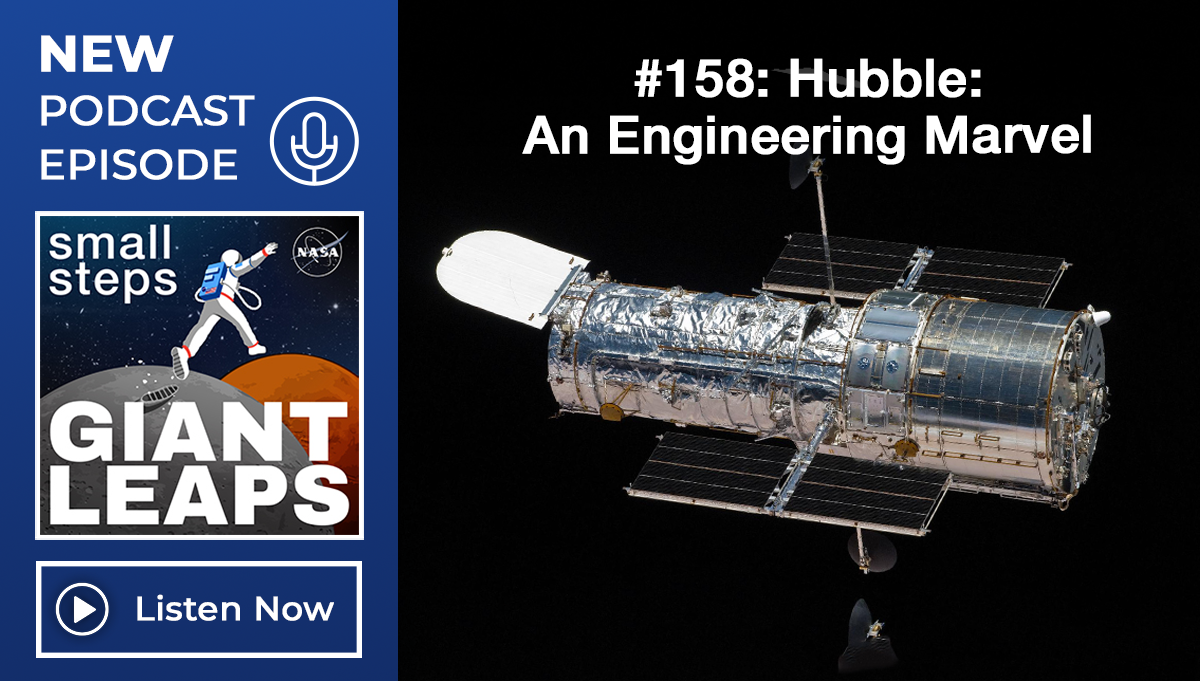Ask OCE — February 8, 2006 — Vol. 1, Issue 4 Apollo 14 splashed down on February 9, 1971, after completing a successful manned exploration of the lunar surface.
APPEL News Staff
Ask OCE — February 8, 2006 — Vol. 1, Issue 4 By Chris Scolese As the Chief Engineer responsible for ensuring that every NASA program and project meets the highest possible technical standards, I am dedicated to providing the best possible leadership and guidance for the technical workforce of civil servants and contractors […]
Ask OCE — February 24, 2006 — Vol. 1, Issue 5 What are the best practices in program and project management? Most of the time project managers learn through on-the-job observation and experience. They assimilate the techniques that seem to work best and discard the rest, and there’s plenty of trial and error involved. […]
Ask OCE — February 24, 2006 — Vol. 1, Issue 5 The President’s Fiscal Year 2007 Budget released on February 6th includes $16.8 billion for NASA, a 3.2 percent increase over NASA’s 2006 budget. The request did not count emergency supplemental spending incurred in the aftermath of Hurricane Katrina. The FY 2007 budget affirms the […]
Ask OCE — February 24, 2006 — Vol. 1, Issue 5 At a county fair in 1906, a prized bull was offered to the person who could come closest to guessing the animal’s weight. Various “experts” such as cattlemen and butchers made their guesses, as did ordinary folks. An individual did not make the closest […]
Ask OCE — February 24, 2006 — Vol. 1, Issue 5 On February 20, 1962, Friendship 7 (MA-6) embarked on its historic voyage into space, making astronaut John Glenn the first American to orbit the earth.
Ask OCE — February 24, 2006 — Vol. 1, Issue 5 Steve Fossett, piloting the Virgin Atlantic GlobalFlyer broke his own record for the longest flight in aviation history after making an emergency landing on February 11th at Bournemouth Airport, in England. Fossett traveled 26,389.3 miles in 76 hours 45 minutes.
Ask OCE — February 24, 2006 — Vol. 1, Issue 5 By Chris Scolese The primary goal of my tenure as Chief Engineer is to refine our way of doing business so that over the long term, technical excellence, safety, and mission success become part of the fabric of our institution. There are […]
Ask OCE — February 24, 2006 — Vol. 1, Issue 5 Three Langley Research Center engineers conducted a wind tunnel investigation that extended the existing knowledge base for supersonic transports.





